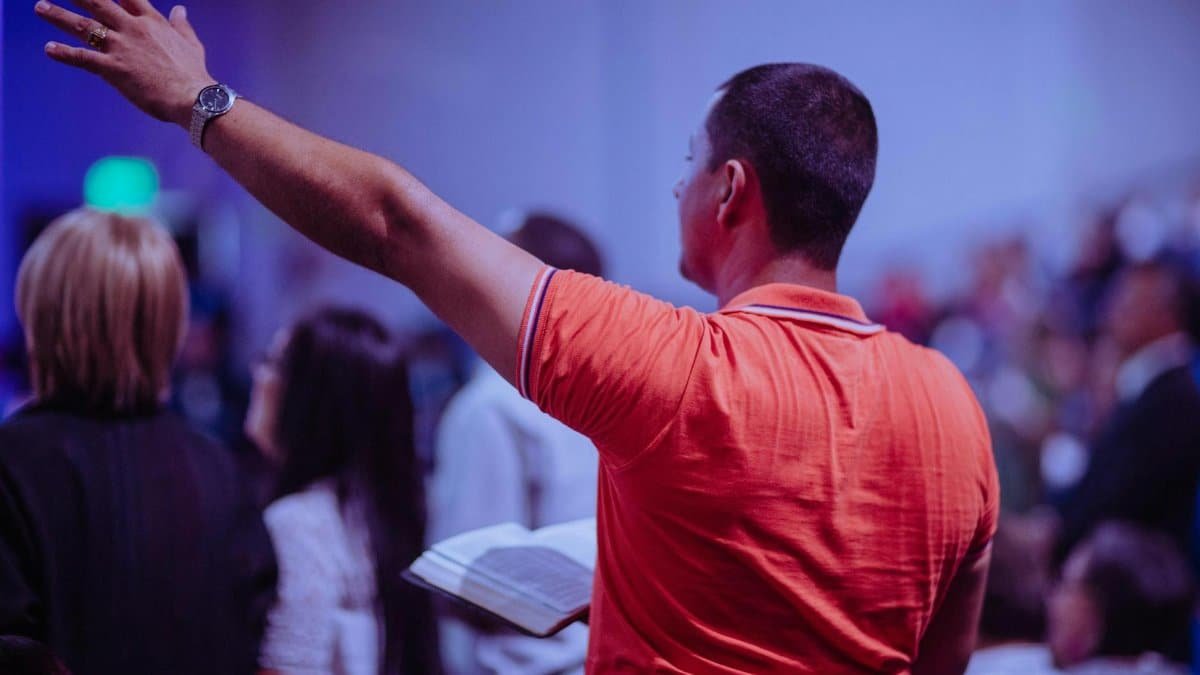New data reveals a seismic shift: nearly 30% of Americans now identify as having no religious affiliation, a group dubbed the “Nones.” This surge, often termed nones rising America religion grip, signals a historic decline in traditional faith’s influence. According to recent surveys, this demographic is reshaping everything from politics to community life in 2025. As churches empty and secular values gain ground, the question looms: what does America look like when religion no longer holds sway? The answer is unfolding faster than many expected.
Who Are the ‘Nones’?

The “Nones” are individuals who check “none of the above” when asked about religious affiliation. They’re not necessarily atheists—many believe in a higher power but reject organized religion. Pew Research shows their numbers have doubled since the early 2000s, now outpacing many traditional denominations. This group spans all ages, though Millennials and Gen Z lead the charge, often citing distrust in institutions as a key reason for opting out.
A Historic Decline in Faith

Religious attendance is at an all-time low. Gallup reports that fewer than half of Americans belong to a house of worship, down from 70% in the 1960s. Churches, synagogues, and mosques are closing at unprecedented rates, especially in rural areas. This decline isn’t just about spirituality—it’s eroding a once-central pillar of American social life, leaving gaps in community support that secular alternatives struggle to fill.
Politics Feels the Shift

The rise of the Nones is rewriting the political playbook. Historically, religious voters, especially white evangelicals, swayed elections. Now, the unaffiliated are a voting bloc to reckon with, leaning progressive on issues like abortion and LGBTQ rights. A 2024 study from the Pew Research Center found Nones overwhelmingly supported Democratic candidates, challenging the religious right’s dominance in key states.
Cultural Values in Flux

As the nones rising America religion grip trend accelerates, cultural norms tied to faith are fading. Marriage rates are down, with many Nones prioritizing personal fulfillment over traditional milestones. Holiday celebrations are becoming more secular—think “winter solstice” over “Christmas.” Some worry this shift risks losing shared moral frameworks, while others argue it’s fostering a more inclusive society free from dogmatic constraints.
Community Without Church

With fewer Americans in pews, community structures are adapting. Secular groups like Sunday Assembly offer non-religious gatherings focused on connection and ethics. But these alternatives lack the deep-rooted networks of traditional faith communities. In small towns, the loss of churches often means fewer resources for the vulnerable, as noted in a recent report by NPR. The gap is real, and solutions are scarce.
Education and the Next Generation

Young Americans are driving this trend, and schools are ground zero. Many Nones advocate for stricter separation of church and state, pushing back against prayer in classrooms or religious curricula. A 2025 survey by the U.S. Department of Education highlights growing parental demand for secular education, even in conservative regions. This clash over values is set to intensify as the Nones’ influence grows.
What’s Next for America?

The trajectory is clear: the Nones will likely outnumber any single religious group within a decade. This isn’t just a statistic—it’s a cultural earthquake. From policy to personal identity, the fading grip of organized religion is forcing a redefinition of American life. Whether this leads to a more divided or liberated society remains unanswered, but in 2025, the nones rising America religion grip phenomenon is impossible to ignore.
